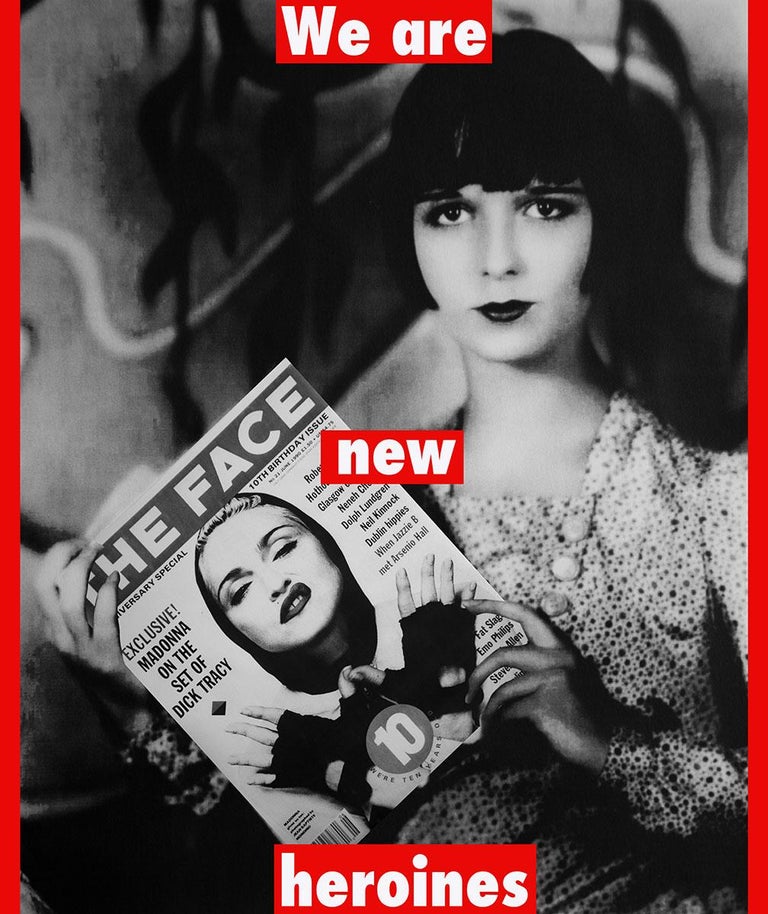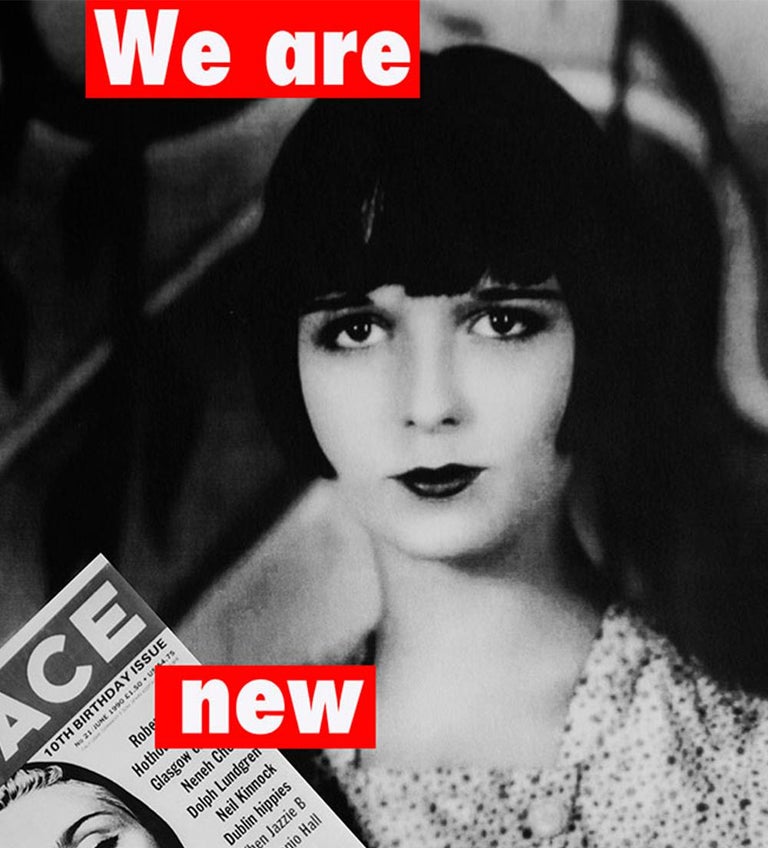
Where the Wind Whispers Their Names: The Enduring Legends of America’s Plains Heroines
The vast, windswept canvas of the American Plains evokes images of stoic cowboys, epic cattle drives, and relentless westward expansion. It’s a landscape etched in the national consciousness, often romanticized as a proving ground for masculine grit and daring. But beneath the dust of these familiar tales, another narrative unfolds – one of extraordinary resilience, quiet strength, and pioneering spirit embodied by the women who built homes, nurtured communities, and forged lives in the heart of a raw, untamed land. These are the plains heroines, whose legends, often overshadowed, are now being rightfully rediscovered and celebrated.
From the Indigenous women whose knowledge sustained entire civilizations for millennia, to the homesteaders who tilled unforgiving soil, to the iconic figures who defied societal norms with a rifle or a lasso, the female experience on the American Plains was one of constant challenge and profound triumph. Their stories are not merely footnotes in history; they are foundational pillars of the American identity, offering a more complete, nuanced, and inspiring picture of the frontier.
The Ancient Keepers of the Land: Indigenous Heroines

Long before the first covered wagons creaked across the prairies, Indigenous women were the backbone of their societies, their lives inextricably linked to the rhythm of the land. They were not merely gatherers and caregivers; they were skilled craftswomen, healers, spiritual leaders, agricultural innovators, and vital contributors to tribal economies and survival. Their knowledge of plants, animals, and the seasonal cycles was encyclopedic, passed down through generations, ensuring the health and prosperity of their people.
Perhaps the most famous among them is Sacagawea, the Shoshone woman who, with her infant son strapped to her back, served as an invaluable interpreter and guide for the Lewis and Clark Expedition (1804-1806). Her understanding of the terrain, her linguistic skills, and her ability to negotiate with various tribes were crucial to the expedition’s success, preventing potential conflicts and ensuring their survival. Historians often point out that her presence, especially as a woman with a baby, signaled peaceful intentions to other Native American groups. As Stephen Ambrose wrote in "Undaunted Courage," "Sacagawea was, in many ways, the expedition’s most important member. Without her, it is doubtful they would have made it." Her legend is a powerful reminder of the indispensable role Indigenous women played in shaping early American exploration and diplomacy.
Beyond Sacagawea, countless other Indigenous women, though their names may not be widely known in colonial records, were heroines in their own right. They led resistance movements, preserved cultural traditions in the face of immense pressure, and maintained the spiritual heart of their communities. Their legends are woven into the very earth of the plains, speaking of an enduring connection to the land and an unwavering commitment to their people.
The Unsung Architects of Civilization: Pioneer Women and Homesteader Heroines
As the 19th century progressed, the promise of free land drew waves of settlers westward, primarily to the vast expanse of the Great Plains. The image of the lone, rugged male homesteader often dominates this narrative, but it was the women who truly transformed isolated claims into thriving communities. These pioneer women were the unsung architects of civilization, their daily lives a relentless test of endurance, ingenuity, and spirit.
They faced unimaginable hardships: bone-chilling winters, scorching summers, devastating droughts, prairie fires, locust plagues, and the constant threat of disease. Isolation was a pervasive enemy, often leading to profound loneliness and mental strain. Yet, they persevered. They built sod houses, often with their own hands, hauled water for miles, tended gardens in unforgiving soil, and raised families in rudimentary conditions. Childbirth on the frontier was a perilous affair, often without medical assistance, yet they continued to bring new life into the world, embodying hope for the future.
Their work extended far beyond domestic chores. They were farmers, teachers, nurses, seamstresses, and community organizers. They established schools, churches, and social clubs, providing the vital social fabric that allowed settlements to coalesce into towns. As the historian Joanna L. Stratton documented in "Pioneer Women: Voices from the Kansas Frontier," one homesteader wrote, "We endured what seems to us now as impossible hardships, yet we were happy, and found much joy in our work." Their diaries and letters reveal a deep well of resilience and a remarkable capacity for finding beauty and purpose amidst adversity. Laura Ingalls Wilder’s "Little House" series, though fictionalized, perfectly captures the spirit of these homesteading heroines – their resourcefulness, their love for family, and their unyielding determination to carve out a life on the prairie. Their legend is one of quiet, persistent heroism, a testament to the power of human will in the face of daunting odds.
Defying the Dames: The Outlaws, Entertainers, and Mavericks

While many plains heroines found their strength in domesticity and community building, others carved out their legends by defiantly stepping outside conventional gender roles, challenging the very notion of what a woman could or should be on the frontier. These were the mavericks, the sharpshooters, the rodeo queens, and even the "outlaws" who captured the public imagination.
Calamity Jane (Martha Jane Cannary) is perhaps the quintessential example of this type of plains heroine. Born in 1852, she became a frontierswoman, scout, and sharpshooter known for her masculine attire, her hard-drinking ways, and her association with Wild Bill Hickok. While much of her legend is shrouded in exaggeration and self-promotion, her life was undeniably one of adventure and independence. She rode, swore, and fought with the best of them, often working as a scout for the U.S. Army or as a freighter. Her story, whether fact or embellished fiction, resonated with a public fascinated by the wildness of the West, portraying a woman who refused to be confined by the expectations of her era. She embodied a fierce, untamed spirit, a symbol of liberation for many women seeking a life beyond the strictures of Victorian society.
Then there was Annie Oakley (Phoebe Ann Moses), though not strictly a "plains" heroine in terms of residency, her legend is deeply intertwined with the mythology of the American West. A sharpshooter of unparalleled skill, she became a star performer in Buffalo Bill’s Wild West show. Oakley captivated audiences worldwide with her astonishing accuracy, shooting dimes tossed into the air, splitting playing cards edge-on, and even shooting the ash off a cigarette held by her husband. She proved that precision and power were not exclusive to men, becoming a symbol of female capability and self-determination. Her graceful mastery of the rifle challenged traditional notions of femininity, inspiring women to pursue their own talents and break barriers.
Even figures like Belle Starr, often labeled an "outlaw queen," contribute to the complex tapestry of plains heroines. While her life was undoubtedly entangled with crime and violence, her legend also speaks to a woman who navigated a dangerous world on her own terms, often with a pistol on her hip and a fierce independence that defied easy categorization. These women, whether through skill or notoriety, carved out spaces for themselves in a male-dominated world, leaving behind legacies that continue to intrigue and inspire.
The Enduring Legacy: Reclaiming Their Stories
The legends of America’s plains heroines are not static; they are continually evolving as historians and storytellers peel back layers of myth and misconception. We are moving beyond the simplistic narratives to recognize the incredible diversity of their experiences – from the quiet strength of the homesteader to the flamboyant daring of the sharpshooter, from the ancient wisdom of the Indigenous matriarch to the pioneering spirit of the female doctor or teacher.
Their legacy is a powerful testament to human resilience, adaptability, and the enduring quest for freedom and self-determination. They remind us that history is not solely shaped by grand battles or political machinations, but by the everyday struggles and triumphs of ordinary people, especially women, who often worked behind the scenes to build the very foundations of a nation.
Today, as we grapple with new challenges, the stories of these plains heroines offer profound inspiration. They teach us about the importance of community, the power of perseverance, the strength found in resourcefulness, and the courage it takes to forge your own path, regardless of societal expectations. They compel us to look beyond the dominant narratives and seek out the untold stories, for it is in these forgotten whispers of the wind that we find the true heart of American legend. The plains heroines, in their myriad forms, continue to stand as symbols of an indomitable spirit, reminding us that true heroism knows no gender, and its legacy is as vast and enduring as the plains themselves.


